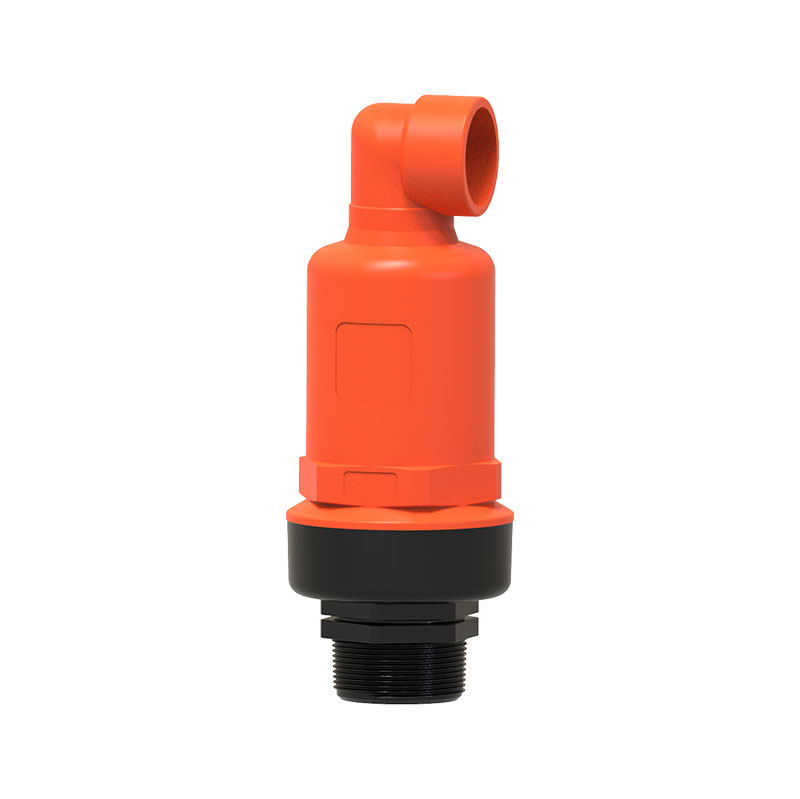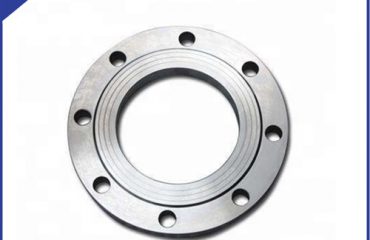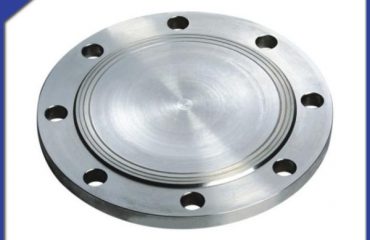
When it comes to choosing the right irrigation fittings, there are several factors that need to be considered in order to ensure optimal performance and efficiency. Whether you are a homeowner looking to upgrade your garden system or a professional landscaper working on a commercial project, selecting the right fittings is crucial for the success of your irrigation system.
Here are some important factors to consider when choosing the right irrigation fittings:
Material: Irrigation fittings are available in a variety of materials, including plastic, PVC, and brass. The material you choose will depend on the type of system you are working with and your budget. Plastic fittings are affordable and easy to work with, but may not be as durable as brass fittings. PVC fittings are a popular choice for underground systems as they are resistant to corrosion and offer good strength. Brass fittings are the most durable option, but also the most expensive.
Size: It is important to choose the right size of fittings to ensure a proper fit with your pipes and other components. Fittings are available in various sizes, so make sure to measure your pipes carefully before making a selection. Using fittings that are the wrong size can lead to leaks, reduced water pressure, and inefficient irrigation.
Type of Connection: There are different types of connections for irrigation fittings, including threaded, barbed, slip, and compression. The type of connection you choose will depend on the type of pipes you are working with and your specific application. Threaded fittings are commonly used for PVC pipes, while barbed fittings are typically used for flexible hoses. Compression fittings are ideal for connecting pipes that do not have a threaded end.
Application: Consider the specific requirements of your irrigation system when choosing fittings. For example, if you are working with a drip irrigation system, you will need fittings that are designed for low pressure and deliver a precise flow of water. If you are installing a sprinkler system, you will need fittings that can handle higher water pressure and distribute water evenly.
 Language
Language Espanol
Espanol English
English Italian
Italian عربى
عربى
 Skype: chinamaker99
Skype: chinamaker99  Tel: 86-316-5120812
Tel: 86-316-5120812 Email:
Email:  Whatsapp:
Whatsapp: 
